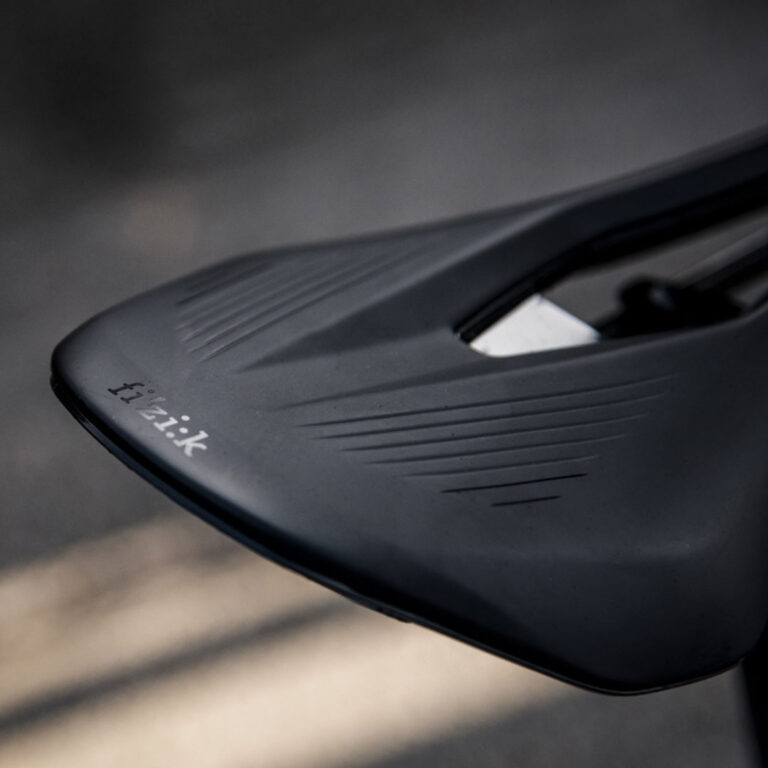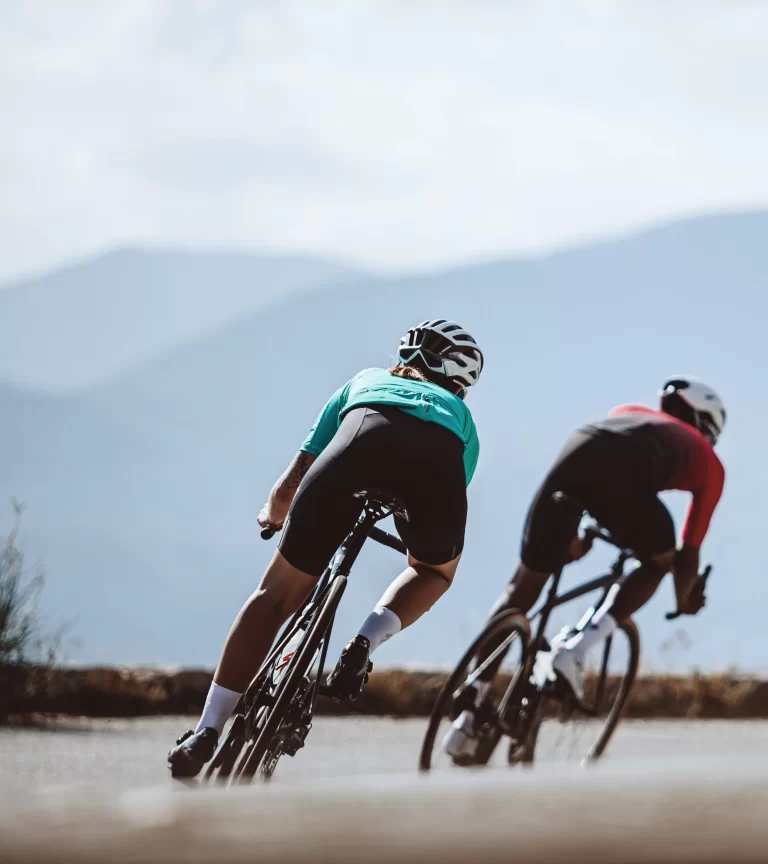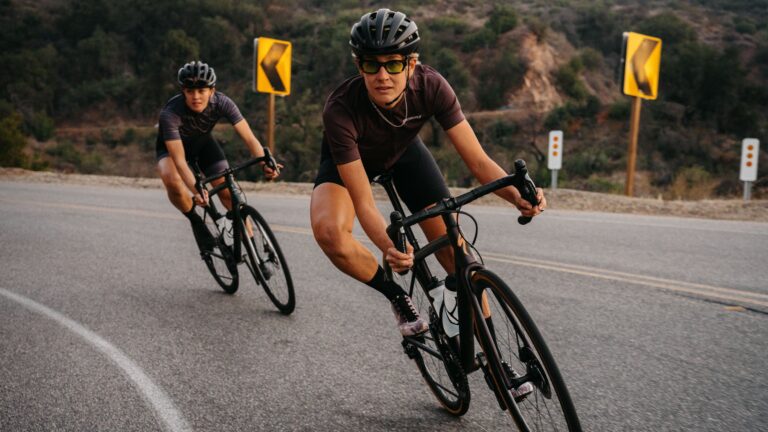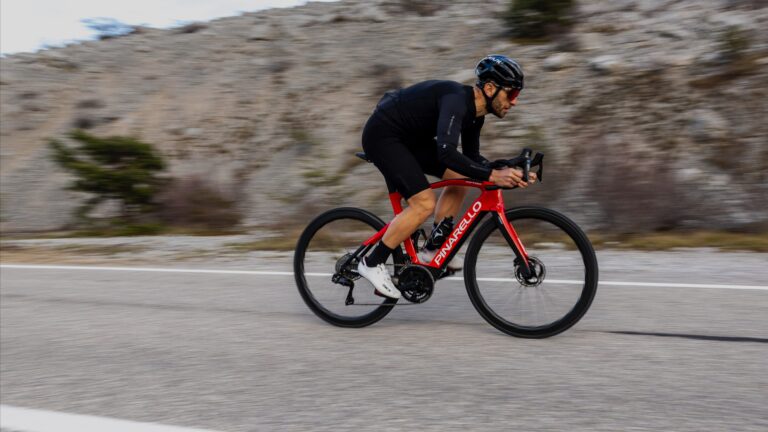Navigating Comfort: Impact of Saddle Width on Gravel Riding Comfort

Key Point Summary of Impact of Saddle Width on Gravel Riding Comfort:
- Understanding Saddle Width: Explaining how saddle width impacts comfort in gravel riding.
- Balancing Bike Fit and Riding Comfort: The role of saddle width in achieving a comfortable bike fit.
- Selecting the Right Saddle for Gravel Riding: Tips for choosing a saddle that enhances your gravel riding experience.
Drawing from years of experience in mountain biking, gravel biking, and cyclocross, I’ve come to appreciate the subtle aspects of bike fit that make a big difference, particularly saddle width. This article is crafted for beginner to mid-level cyclists, looking to understand and optimize their riding comfort through the right saddle choice.
Understanding Saddle Width
Saddle width is critical in gravel riding, where varied terrain demands comfort and stability. A saddle that’s too narrow can lead to discomfort and pressure points, while one that’s too wide may cause chafing and inefficient pedaling. I remember switching to a wider saddle for a gravel race, which provided much-needed support on the rough trails.
Balancing Bike Fit and Riding Comfort
The key is finding a balance. Your saddle width should match your sit bone width for optimal support. It’s not just about the cushioning; the right width ensures your weight is properly distributed, reducing the strain on your sit bones and soft tissues. During a long gravel ride, the difference a well-fitted saddle makes became evident to me – it was the difference between enjoyment and endurance.
Selecting the Right Saddle for Gravel Riding
When choosing a saddle for gravel riding, consider your riding style and anatomy. Saddles come in various widths and shapes, and many shops offer sit-bone measuring tools. Don’t hesitate to experiment with different sizes. I found my ideal saddle after trying several, leading to a significant improvement in comfort and performance.
Personal Anecdotes and Experience
Reflecting on my cycling journey, I recall how a poorly chosen saddle width once led to discomfort on a particularly challenging gravel route. It was a lesson in the importance of matching saddle width to my sit bone measurement. I later switched to a saddle that was better suited to my anatomy, and the difference in comfort was night and day. This experience taught me that a few millimeters in width can have a substantial impact on comfort.
Impact of Saddle Width on Performance
A well-fitted saddle does more than just improve comfort; it can enhance your overall performance. With the right saddle, you can maintain a more efficient pedal stroke and better bike handling, crucial for navigating the unpredictable terrain of gravel paths.
Adjustments and Fine-Tuning
Finding the right saddle width may require some trial and error. Even after selecting a saddle based on your sit bone width, fine-tuning adjustments like the fore/aft position and tilt can further enhance comfort. Personal preference plays a significant role here, as does the type of gravel riding you engage in.
Scientific Perspective on Saddle Width and Comfort
From a biomechanical standpoint, the width of a saddle is crucial because it directly correlates with the spacing of your sit bones (ischial tuberosities). The ideal saddle width should provide adequate support for these bones, ensuring that your body weight is distributed correctly.
This reduces the pressure on soft tissue areas and minimizes the risk of nerve compression, which can lead to numbness and discomfort. Proper saddle width also aligns your hips, knees, and feet, which optimizes pedaling efficiency and reduces the risk of injury.
Top Saddles for Gravel Riding Performance
Based on ergonomic design, comfort, and performance, here are three saddles that stand out for gravel riding:
- Specialized Power Comp with Mimic: Known for its innovative Mimic technology, this saddle addresses pressure and tissue swelling issues. Its design offers a balance of support and relief, suitable for the mixed terrains of gravel riding.
- Fizik Terra Argo X3: The Terra Argo X3 has a short-nose design and a generous cutout, providing stability and pressure relief in aggressive riding positions. Its robust construction and padding are ideal for the demands of gravel riding.
- WTB Volt Medium: The WTB Volt offers versatility with a slight whale tail and a gentle drop to the nose, providing support and comfort. Its medium width is suitable for a wide range of riders, making it a great option for varied gravel adventures.
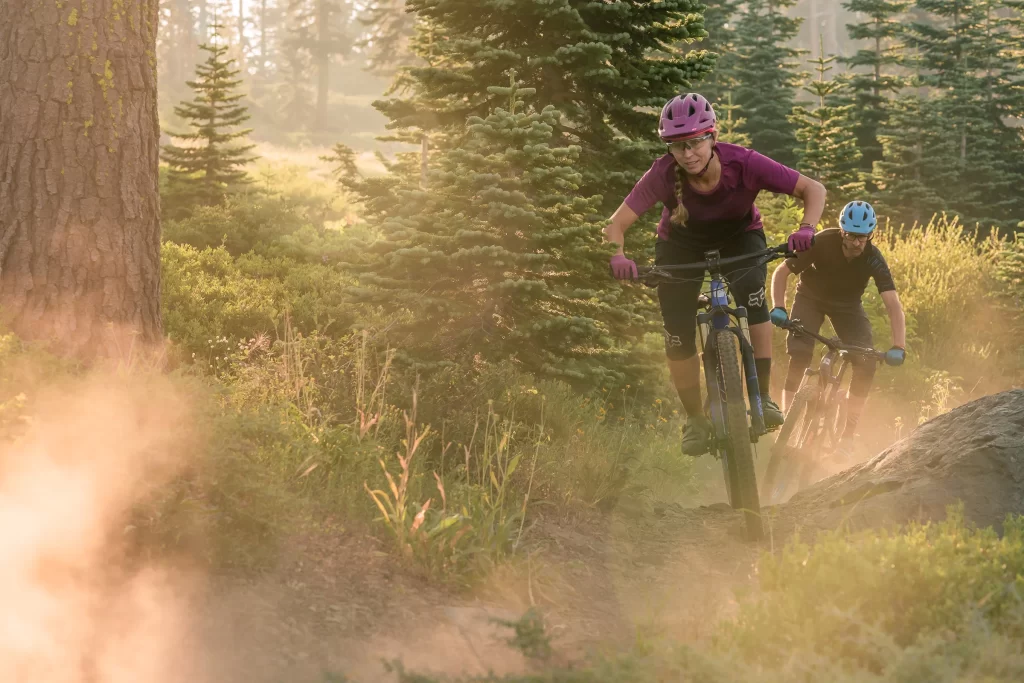
FAQ
How can I make my saddle seat more comfortable?
To make your saddle seat more comfortable, ensure it’s the right width for your sit bones, adjust the height and angle properly, consider adding a padded saddle cover or wearing padded cycling shorts, and experiment with different materials or gel inserts. Regularly changing your riding position and standing up occasionally during rides can also help alleviate discomfort.
Is saddle width important?
Yes, saddle width is very important. It ensures proper support for the sit bones, enhances comfort, and prevents discomfort or injury. The correct saddle width is crucial for effective power transfer, efficient pedaling, and overall riding enjoyment, especially on longer rides.
Why are gravel saddles wider?
Gravel saddles are often wider to provide better support and comfort over the varied and often rough terrain encountered in gravel riding. The wider design helps distribute the rider’s weight more effectively, reducing pressure on sensitive areas and enhancing stability during longer, bumpier rides. For more detailed insights, including whether you need a gravel-specific saddle, consider checking out the article on Cycling Weekly that delves into this topic.
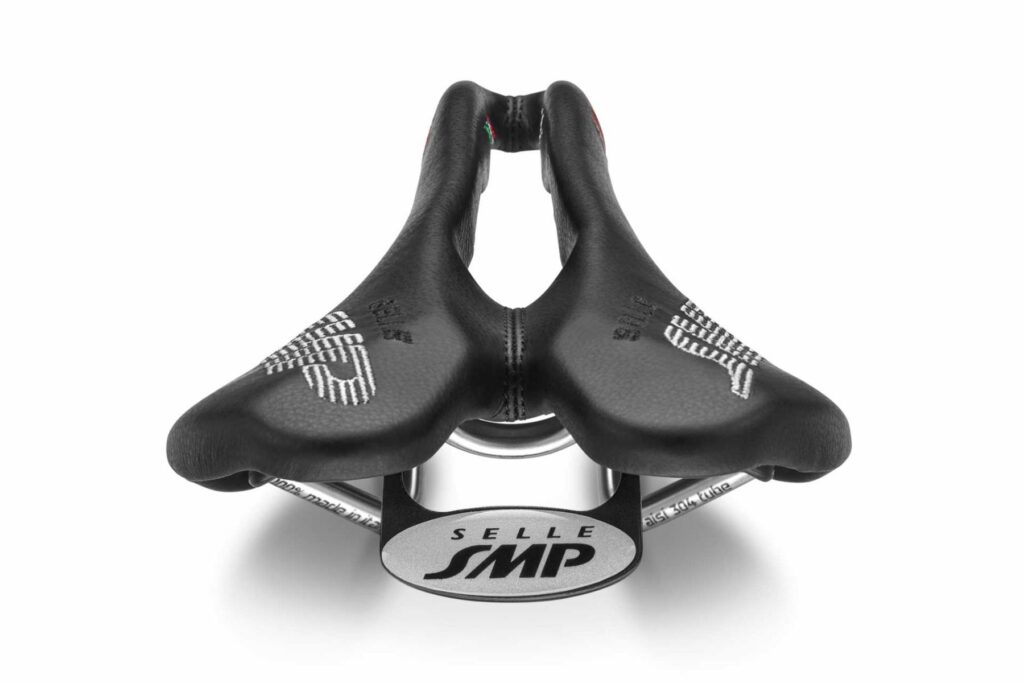
Concluding Thoughts
In conclusion, the width of your saddle is a key factor in gravel riding comfort and performance. As a seasoned cyclist, I encourage you to take the time to find a saddle that fits well with your body. Incorporating scientific understanding into your saddle choice can greatly improve your gravel riding experience. The right saddle width, aligned with your anatomy and riding style, can enhance comfort and performance on long, challenging rides.
The best saddle for you is one that fits your unique body and meets the specific demands of gravel riding. Your gravel riding adventures should be about enjoying the journey, and a well-chosen saddle is a crucial component in making that possible.
John

